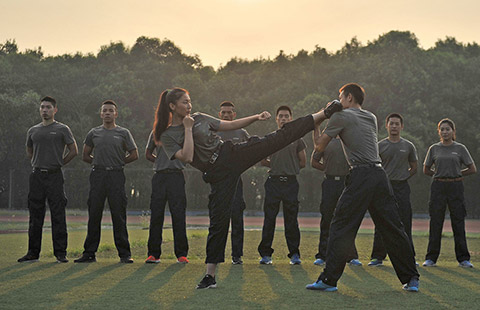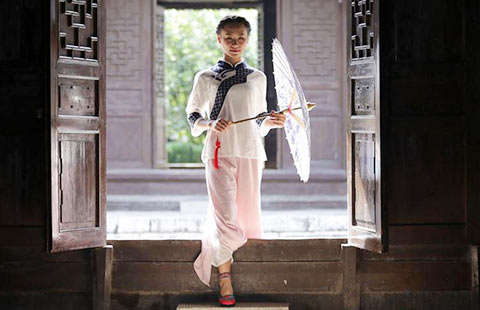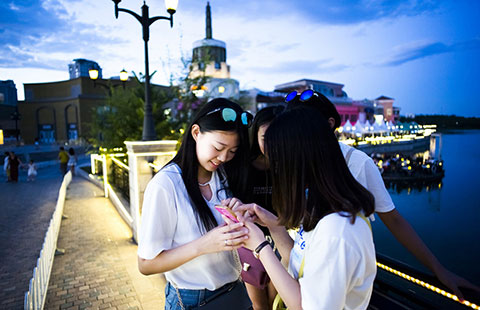Beijing-Hangzhou Grand Canal
(chinadaily.com.cn) Updated: 2016-08-22 11:07There are two miracles in classical China - the Great Wall and the Grand Canal – with the canal, known as the Beijing-Hangzhou Grand Canal, always being seen as the pride of the Chinese people and a symbol of its cultural achievement for its size and grandeur. It has historical and cultural importance and is the longest artificial river in the world.
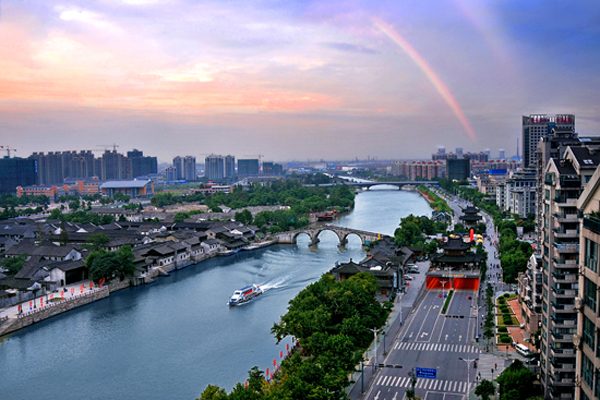 |
|
[Photo provided to chinadaily.com.cn] |
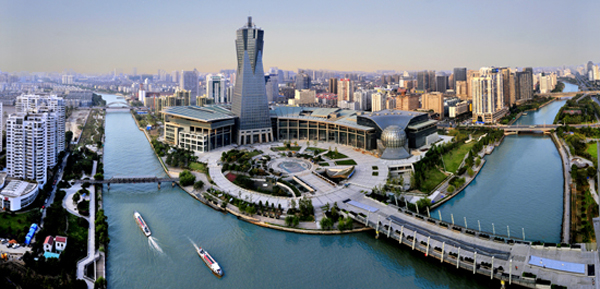 |
|
[Photo provided to chinadaily.com.cn] |
History
The Grand Canal goes back 1,300 years and a part of its dates back to the 5th century BC. It starts in Beijing and ends in Hangzhou, passing through the city of Tianjin and Hebei, Shandong, Jiangsu and Zhejiang provinces. It links China’s two longest rivers, the Yellow and the Yangtze, and has a total length of 1,794 kilometers.
In olden days, traffic on land depended on men and animals and was costly, slow, and small in scale, so large cargo was usually moved by water. The Grand Canal was originally intended for grain and luxuries, then later, merchants began using it for commodities, turning the corridor into a prosperous economic belt.
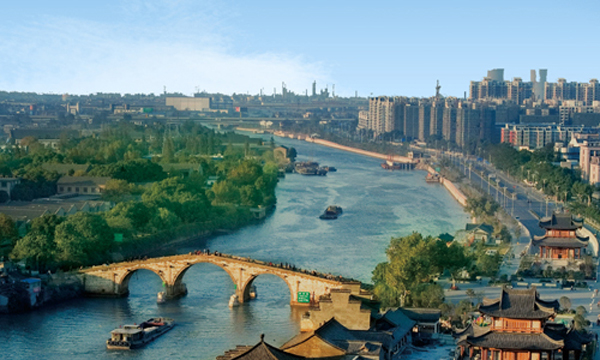 |
|
[Photo from en.gotohz.com] |
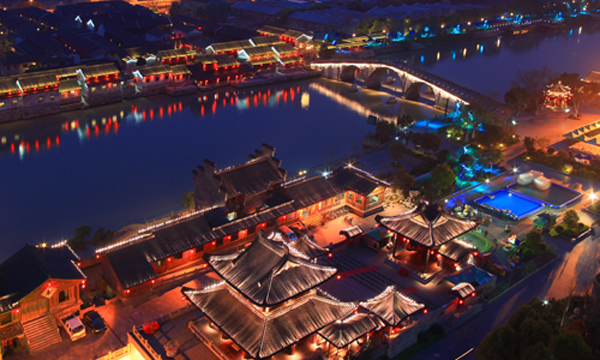 |
|
[Photo from en.gotohz.com] |
The Hangzhou section starts at the town of Tangqi, in the Yuhang district to the north and ends in the Qiantang River in the south, crossing four urban districts -- Yuhang, Gongshu, Xiacheng and Jianggan.
In 2002, the Hangzhou government began a renovation and development project based on the canal for the overall improvement of water quality, bridges, old streets and buildings along it and now, there is a scenic belt along its banks in Hangzhou, with a natural landscape and cultural attractions such as historical streets, cultural parks, museums and temples.
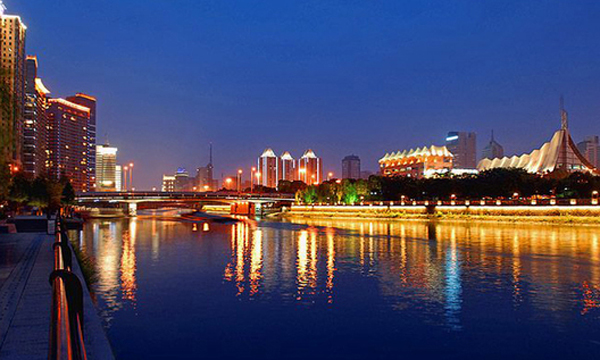 |
|
[Photo from en.gotohz.com] |
 |
|
[Photo from en.gotohz.com] |
- Chinese vendors driving India's smartphone market
- Nepal's private sector forms body to promote Belt and Road Initiative
- China's natural gas transmission tariffs proposals positive for industry
- 240 SMEs debut on New Third Board
- Smartphones help blind people see the world
- Kickboxing and throwing punches: Welcome to flight security training
- China's tech sector far mightier than Australia's: Columnist
- Detroit carmakers now have sights on Silicon Valley

